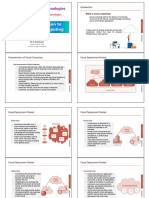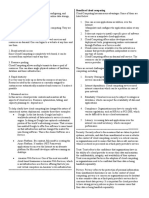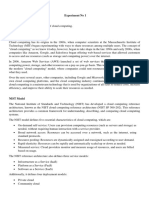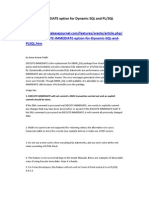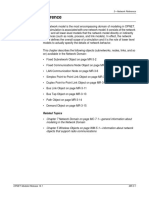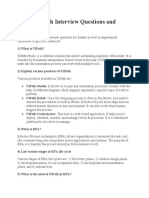0% found this document useful (0 votes)
35 views20 pagesCloud Introduction
The document provides an overview of cloud computing, defining it as the delivery of computing services over the internet, including storage and processing power. It outlines key characteristics, deployment models (public, private, hybrid, and community), and service models (IaaS, PaaS, SaaS), highlighting their benefits such as cost savings, scalability, and flexibility. Additionally, it emphasizes the importance of security, disaster recovery, and continuous optimization in cloud architecture.
Uploaded by
rahulgupta.maheCopyright
© © All Rights Reserved
We take content rights seriously. If you suspect this is your content, claim it here.
Available Formats
Download as PPT, PDF, TXT or read online on Scribd
0% found this document useful (0 votes)
35 views20 pagesCloud Introduction
The document provides an overview of cloud computing, defining it as the delivery of computing services over the internet, including storage and processing power. It outlines key characteristics, deployment models (public, private, hybrid, and community), and service models (IaaS, PaaS, SaaS), highlighting their benefits such as cost savings, scalability, and flexibility. Additionally, it emphasizes the importance of security, disaster recovery, and continuous optimization in cloud architecture.
Uploaded by
rahulgupta.maheCopyright
© © All Rights Reserved
We take content rights seriously. If you suspect this is your content, claim it here.
Available Formats
Download as PPT, PDF, TXT or read online on Scribd
/ 20




